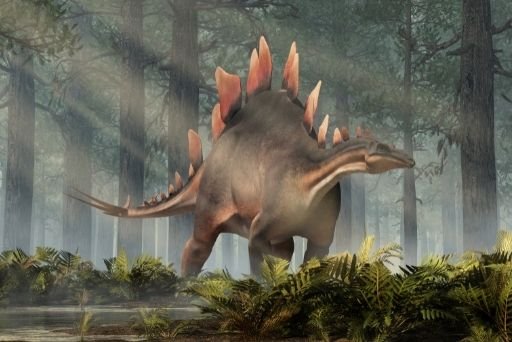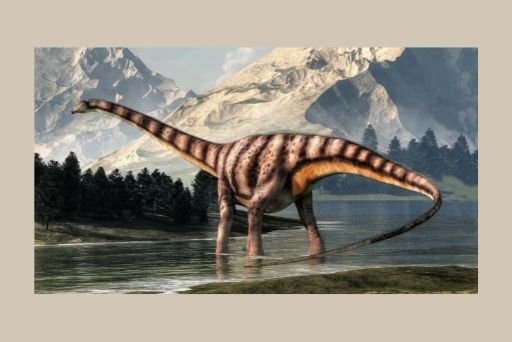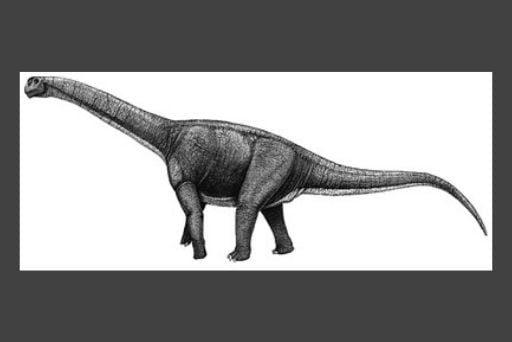Herbivorous Dinosaurs: All you need to know
As we all know, animals whose livelihood is based on the consumption of plants alone are called herbivores; the dinosaurs who do the same are called Herbivorous dinosaurs. As you might have noticed in several movies, it is shown that all the dinosaurs are carnivorous. But, that is not true. Only about 35% of the total species of dinosaurs are carnivores, the rest 65% being herbivores. This is because of the adaptations of their teeth and digestive tract.
Facts about herbivorous dinosaurs
They are known to have special acids in their stomach. This is for the sole purpose of digesting cellulose, which is the indigestible element found in plants that provide them with a rigid nature.
- Since scientists could not determine the proper diet of dinosaurs as they did not exist back then, they did so by scanning through the remaining fossils and coprolites (dinosaur feces).
- These herbivorous dinosaurs are provided with flat teeth. This is to be able to strip and grind plants effectively.
Examples and facts about the different herbivorous dinosaurs
There were a variety of plant-eating dinosaurs found on an occasional basis. These include:

- Triceratops (Triceratops horridus)
Belonging to the Animalia kingdom, the Ornithischia order, the family of Ceratopsidae, and the genus being Triceratops, this dinosaur comes from 3 Greek syllables. This includes ‘tri’ meaning three, ‘Keras’ meaning horn, and ‘ops’ meaning face. These were found in the regions of North America during the end of the Cretaceous period. They were believed to feed on ferns, shrubs, palms, and cycads. This variety of dinosaurs had about 800 teeth, used to grasp food instead of biting them.

- Stegosaurus (Stegosaurus stenops)
Belonging to the Animalia kingdom, the Ornithischia order, the family of Stegosauridae, and the genus Stegosaurus, this dinosaur is believed to have been a herbivorous dinosaur. Found in the regions of western North America during the end of the Jurassic Period, the Stegosaurus Has a toothless beak and small teeth. Their jaws only allowed upward and downward movements. They were not built to consume the flesh.
Thus, they mostly fed on grass and plants. It was believed to have one of the smallest brains compared to other dinosaurs, having the lowest brain-to-body ratio. The name Stegosaurus means roofed lizard. This is because this dinosaur had a total of 17 plates that lay flattened along its back on a vertical basis. These plates were not rigid and instead comprised bony substances where there is a presence of blood vessels.

- Diplodocus (Diplodocus longus)
Belonging to the Animalia kingdom, the Saurischia order, the family of Diplodocidae, and the genus Diplodocus, this dinosaur is considered one of the longest terrestrial animals ever to exist. This is because of their whipped tails and long necks. They were believed to have existed during the late Jurassic period, and their fossils were mainly found in the Rocky Mountains of the western US.
Since they were enormous, their dietary requirements of plants were also excruciatingly large. They used to swallow the entire plant materials without even chewing them because of their blunt teeth, which were mainly designed for stripping plants instead of grinding them. An interesting fact to note about Diplodocus is that their long-sized necks cannot hold them more than 5.4 meters above the ground.

- Hadrosaurus (Hadrosaurus foulkii)
Belonging to the Animalia kingdom, the Ornithischia order, the family of Hadrosaurdae and genus Hadrosaurus, this dinosaur was found in the regions of North America during the late Cretaceous period. With their name meaning the ‘sturdy lizard,’ they had those jaw and teeth specially designed for grinding plants like cones and pine needles. An interesting fact to be noted about Hadrosaurus is that only one skeleton has been discovered till now. There is no sign of a skull, making it more difficult for scientists to analyze this dinosaur properly.

- Aragosaurus
In the early Cretaceous can be found in Spain. They are a type of Sauropods with a length of 18.0m. They also belong to the species of Ischiadicus and lived nearly 132 to 131 million years ago. They were very well-known during a specific time period. However, research continues to be conducted upon them via which we can know more about these amazing creatures.
The bottom line
There are several species of plant-eating dinosaurs, and some of the famous ones include Hadrosaurus, Diplodocus, Edmontosaurus, Stegosaurus, Argentinosaurus, Moschops, Dracorex, and Triceratops. These mainly rely on small ferns, shrubs, and others, while others consume pine needles and cones. Their teeth and jaw allow them to become completely herbivorous by nature. Also, if you wish to know more about them, keep in touch. We will continue to update you about such interesting topics. So, why keep waiting? Start today!




